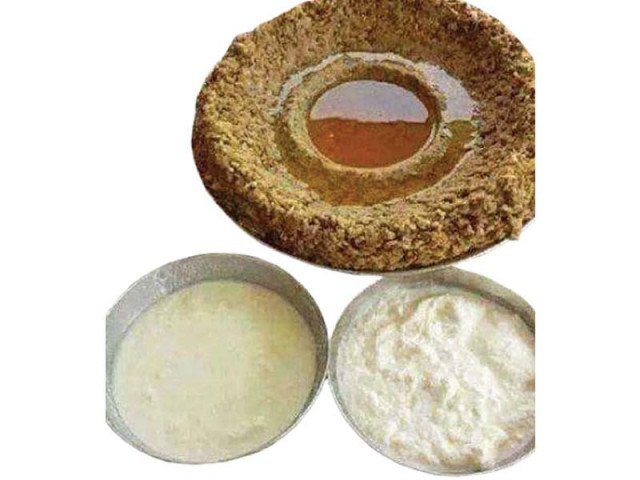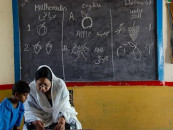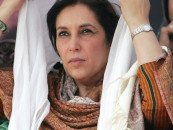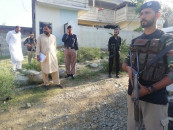Traditions lost in the mist of time
Upper Dir’s old way of life, food disappear

Loweri Top, a border mountain between Dir Upper district of Khyber-Pakhtunkhwa (K-P) and Chitral, wears a thick blanket of snow in early November.
It is the start of a five-month long winter in the area as just in a few days Kumrat would be covered in a white snow sheet out and out. Several feet of snowfall each day would force locals to take shelter in the warmth of their homes.
Climate change has shifted the pattern of seasons considerably in recent decades. Now, instead of October or late September, winter arrives in November and snowfall only occurs in late December or January.
Thanks to modern transportation means Chitral and Dir are no longer left inaccessible in winters and people could easily move back and forth.
Until the late 1980s the district was less populated, accessible and connected to roads.
For the locals, winter was largely a time of hibernation spent in feasting and sleeping as due to the snow working in the fields was not possible.
Anwarul Haq, an octogenarian who retired from Pakistan Post as Postmaster, recalls those olden days.
“Summer was limited to April to August months in which locals had to cultivate their fields, enabling them to provide for the long winter months. People had to work hard in summers to reap its benefits in winters,” he said, adding that there was no electricity, fan or deep freezer.
“Streams were the only source of potable water and it had to be fetched by women,” he added.
“Winters were long and harsh and families had to store grains, beans, gur and other commodities necessary for the cold weather. Communities were largely self-sufficient. Rice, beans and maize was grown locally,” he maintained, saying that nothing was purchased from the market by the locals as they were poor but happy.
Prepared in desi ghee ‘mota chawal’, lobia beans and beef were the main dishes consumed by the population and for dessert a halwa was made from maize flour, gur and ghee, he mentioned.
“Every family had enough of cattle and dairy products were also easily available to every household. I remember when snowfall made going out very difficult, neighbours would decide to slaughter a cow or two as per the need of each family. They would slay a cow and distribute beef among themselves. The ritual would then be repeated till the end of the winters,” he recalled.
The idea was very simple. Work hard in the summer on the soil and eat well, sleep well in the winters.
Probably the only difficult thing was to milk your cows, clean their room-like sheds and feed them every single day. It kept the locals busy so that they could have a deep and peaceful sleep during the long winter nights.
Another local elder said that things started changing with the start of 1990s, when people started moving out of the district in search of jobs and brought with them the habit of eating vegetables, wheat bread, sila rice, cold drinks, black and green tea etc.
“Eating beef all the winter in large quantities is expensive and not feasible. There is no desi ghee and gur anymore. Land cannot feed the ever-growing local population and winters are not long and harsh too these days,” he observed.
Published in The Express Tribune, November 9th, 2022.



















COMMENTS
Comments are moderated and generally will be posted if they are on-topic and not abusive.
For more information, please see our Comments FAQ